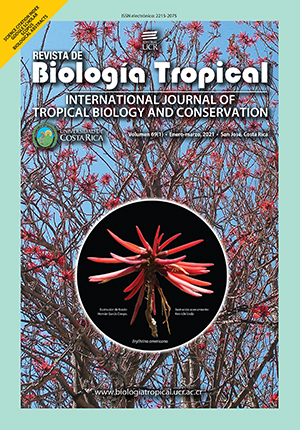Abstract
Introduction: Indigenous people in a far-flung mountainous area without basic facilities, mainly rely on medicinal plants to cope with various veterinary health problems. Objective: The present study was carried out to explore the traditional knowledge of ethnoveterinary practices in Kaghan Valley, district Mansehra, Western Himalayas-Pakistan. Method: Ethnoveterinary data were collected between February to October 2014 from nine villages of the Kaghan Valley by involving 80 local people include traditional healers using a semi-structured interview. Results: A sum of 41 plant taxa of ethnoveterinary medicinal plants was documented for treating livestock ailments. Out of which, herbaceous plants were recorded with high percentage (27 species, 65.8 %). Most of the species were used to treat gastrointestinal diseases (12 taxa), followed by health improvement (7 taxa). The widely used part of plants for livestock aliments was the whole plant (9 species) followed by leaves (7 species), and preparation were paste (18 species) followed by powder with 10 species. The highest used values were recorded for Arisaema costatum (0.82), Primula denticulata (0.76), and high relative frequency citations for Berberis lyceum and Dryopteris ramosa with 0.37 each. Among the plant species Skimmia laureola, Thymus linearis and Phytolacca latbenia were among the taxa with cent fidelity level. Conclusion: The flora used in traditional remedies of the valley was found mostly endemic due to excessive utilization. Thus, further chemical investigation, better utilization and conservation of indigenous use of the reported species should be considered for future work.
##plugins.facebook.comentarios##

This work is licensed under a Creative Commons Attribution 4.0 International License.
Copyright (c) 2021 Ghazala Shoaib, Ghulam Mujtaba Shah, Nasir Shad, Yunus Dogan, Zeeshan Siddique, Abbas Hussain Shah, Muhammad Farooq, Khalid Rasheed Khan, Anely Nedelcheva



